Provide Input Data
Enter relevant environmental factors and historical information through our user-friendly interface.
Utilize our powerful ML model to predict locust presence based on environmental factors and historical data. Make informed decisions to protect crops and livelihoods.

Leverage our machine learning model for reliable locust presence predictions based on robust data analysis.
Gain valuable insights from environmental factors and historical patterns influencing locust outbreaks.
Use timely predictions and insights to make proactive decisions and protect agricultural resources.
About the Project
This project leverages advanced machine learning techniques to analyze environmental factors and historical data for predicting the likelihood of locust presence in specific regions.



Predicting locust presence in a few simple steps.
Enter relevant environmental factors and historical information through our user-friendly interface.
Our powerful machine learning model processes your data to generate a prediction on locust presence likelihood.
Get clear prediction results, confidence scores, and data visualizations to understand the factors influencing the outcome.
Use the prediction and insights to make informed decisions and implement timely measures for locust control.
Key features and aspects of our Machine Learning Project.
Efficiently collects, cleans, and prepares environmental and historical data for accurate modeling.
Utilizes state-of-the-art machine learning algorithms for robust and reliable predictions.
Provides timely and precise predictions on locust presence likelihood in targeted areas.
Offers clear and insightful visualizations of data trends and prediction factors.
An intuitive and easy-to-navigate web application for seamless user experience.
Built using modern and efficient technologies like Python, scikit-learn, Node.js, and Bootstrap.

Utilize our advanced ML model to get accurate predictions and protect your crops and livelihood.
Data Visualizations and Model Insights
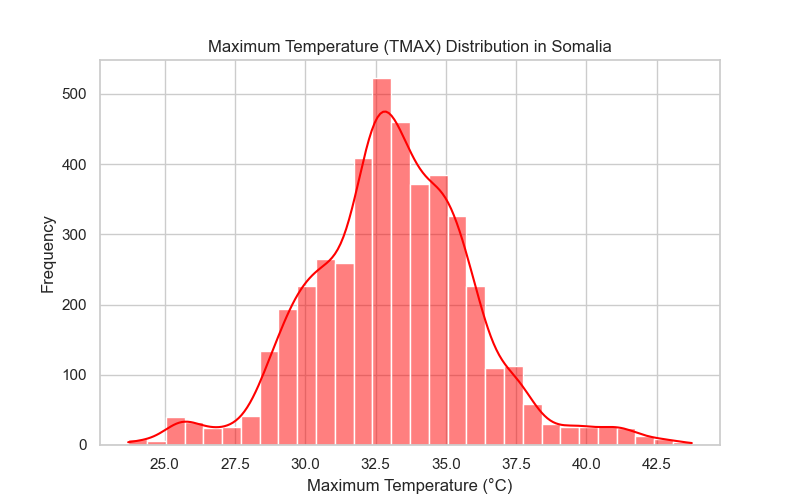
Analysis of maximum temperature distribution patterns relevant to locust habitats.
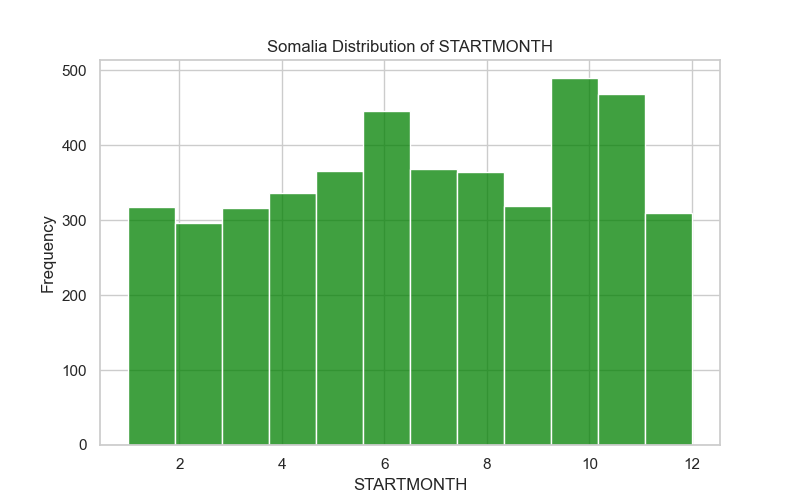
Monthly trends in data availability and its correlation with locust patterns.
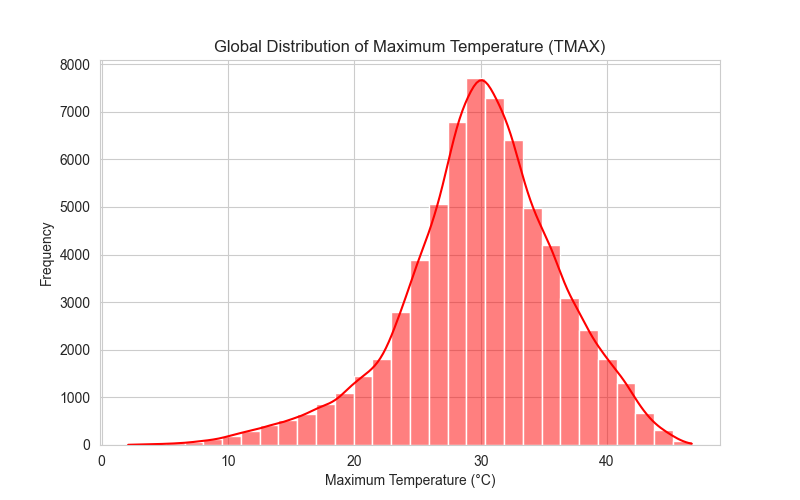
Global temperature patterns and their potential impact on locust movements.
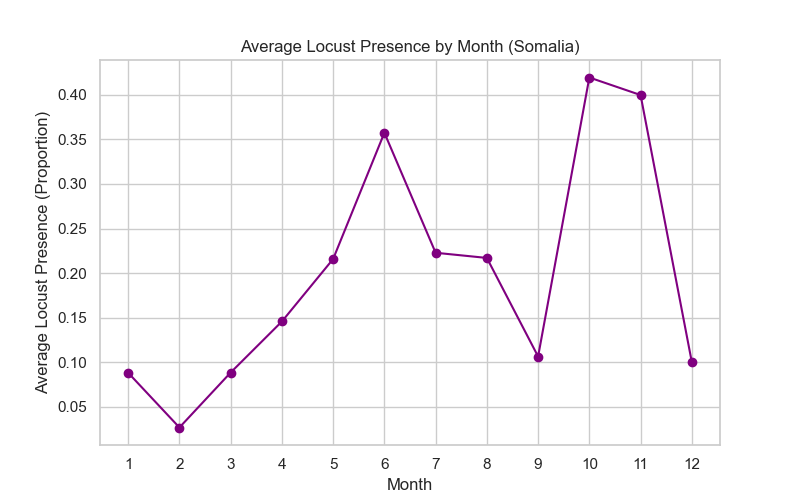
Monthly distribution of recorded locust presence in Somalia.
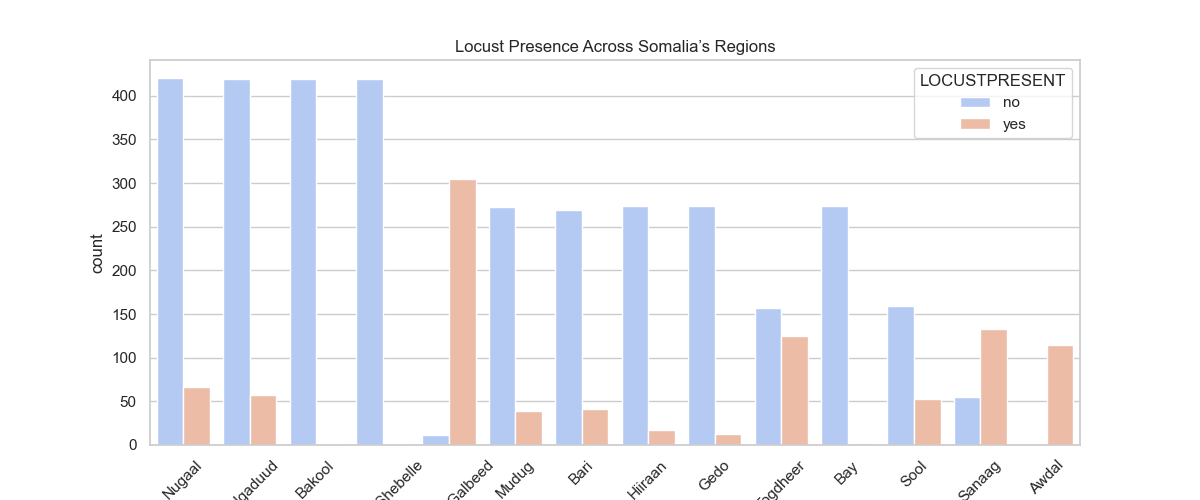
Geographical distribution of locust presence records within Somalia.
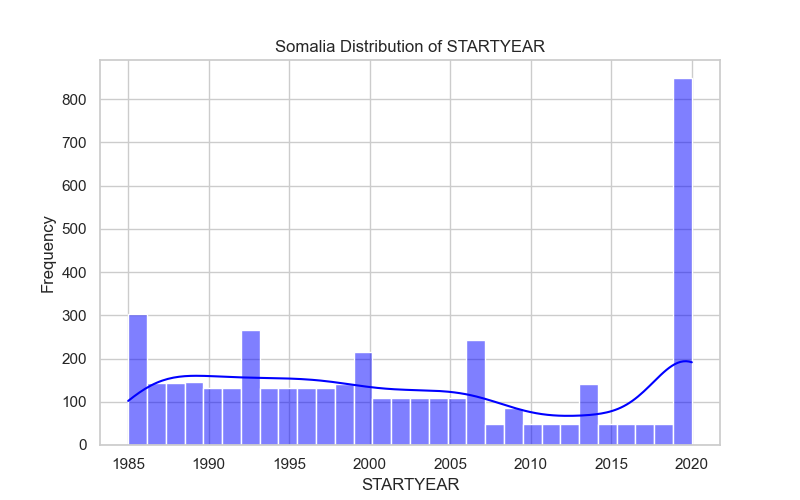
Annual distribution of data points used for training and analysis in Somalia.
If you have questions about the project, the machine learning model, data, or potential collaborations, feel free to reach out.
The primary goal is to predict the presence of locusts using machine learning models trained on environmental factors and historical data, aiming to help protect agricultural resources.
The model utilizes various data inputs, including historical locust presence records and relevant environmental data such as temperature, precipitation, and soil moisture.
The accuracy of the predictions depends on the quality and completeness of the input data and the performance of the trained ML model. We aim to provide the most reliable predictions possible based on the available data.
The predictions serve as a valuable tool for informing decision-making regarding locust control measures. However, they should be used in conjunction with local expertise and on-the-ground observations.
You can find more technical details and the source code on the project's GitHub repository, linked in the Contact and Footer sections. We welcome contributions!
Meet the dedicated students behind this project.




Get in touch with the project team or explore the code.
Km4, Mogadishu, Somalia
Mobile: 0617042931
Email: ahmad.netdev@gmail.com